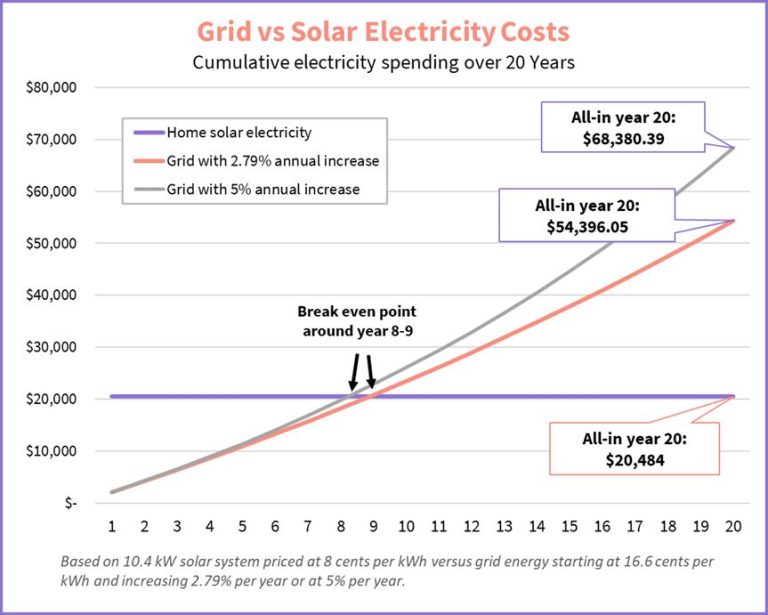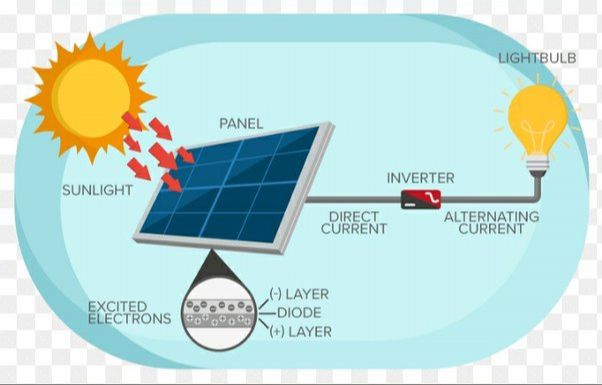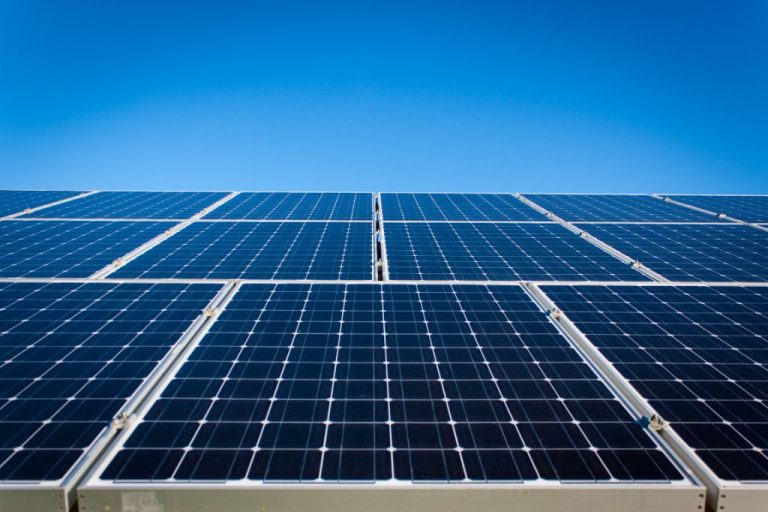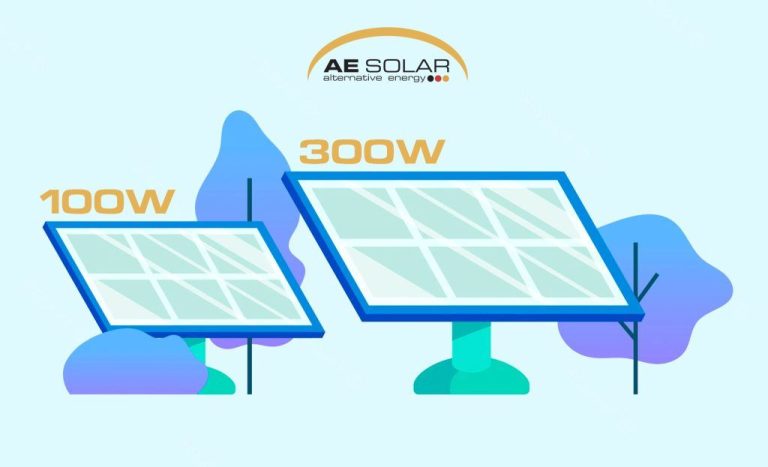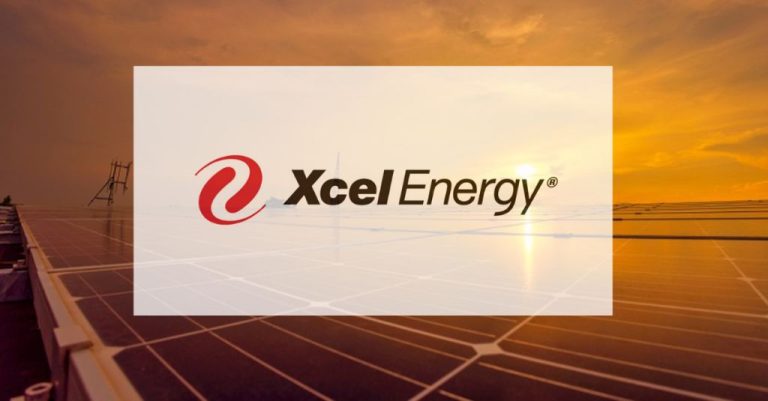Is The Sun Natural Energy?
Solar energy is the radiant energy produced by the sun. It is a renewable energy source that can be harnessed in various ways including through solar heating, photovoltaics, concentrated solar power plants, and more. Understanding solar energy is important today because it is a clean, sustainable energy source that has the potential to reduce reliance on fossil fuels and curb climate change.
This article will provide a comprehensive overview of solar energy. It will start by defining solar energy and providing some historical context on how it has been harnessed and used. The article will then outline the advantages and disadvantages of solar energy compared to conventional energy sources. It will go on to explain the different solar technologies available today. There will also be sections on the economics of solar, including costs, incentives, and return on investment. The environmental impacts of solar energy will also be analyzed. Finally, the article will conclude with a look at the future outlook for solar and projections for how much this renewable resource could expand.
Throughout the article, insights and statistics will be provided to showcase the current state and trajectory of solar energy. The goal is to educate readers on all aspects of solar power generation so they come away with a deeper understanding of this innovative renewable energy source.
What is Solar Energy?

Solar energy is the radiant light and heat from the sun that can be harnessed for practical purposes on Earth. Solar energy results from the nuclear fusion of hydrogen atoms into helium atoms in the core of the sun. This fusion produces photons that travel at the speed of light and carry radiant energy to the Earth’s atmosphere (Source).
Once the solar photons reach Earth’s surface, they are converted into energy that can be used for heating, electricity generation, and other solar technologies. Solar-powered devices utilize special solar cells or panels to absorb and convert sunlight into usable electricity or heat. In this way, the sun’s energy can be harnessed to provide electricity, light, heating, and other energy needs on a practical basis (Source).
Solar energy is considered a renewable energy source because the sun will continue radiating light and heat for billions of years. Harnessing solar power does not create greenhouse gas emissions or toxic waste. For these reasons, solar energy offers environmental and sustainability advantages over conventional fossil fuel-based energy (Source).
History of Solar Energy Use
Solar technology has been utilized for thousands of years. The earliest uses focused on concentrating the sun’s heat with glass and mirrors. For example, the first known use of passive solar heating dates back to 7th century B.C. in Ancient Greece, where south-facing buildings were designed to maximize sunlight capture.
In the 18th century, researchers began experimenting with solar ovens for long sea voyages. They used mirrors and boxes with glass lids to cook food with the sun’s rays. Horace de Saussure is credited with building the first solar collector in 1767, which was used to heat water and other experiments.
Major developments continued into the 19th and 20th centuries. In 1839, Edmund Becquerel discovered the photovoltaic effect, demonstrating that electricity could be generated from sunlight. Albert Einstein later won the Nobel Prize in 1921 for describing the nature of light and the photoelectric effect that underpins solar cell technology.
The first silicon photovoltaic (PV) cell was built by Bell Laboratories in 1954. During the energy crisis in the 1970s, photovoltaic technology advanced rapidly. Major investments in solar R&D drove down costs and increased efficiency. Today solar PV systems are among the most widely deployed and rapidly growing renewable energy sources globally.
Advantages of Solar Energy
One of the main benefits of solar energy is that it is a renewable energy source. Unlike fossil fuels like oil, coal and natural gas, solar energy will never run out or be depleted. The sun continuously produces an abundant supply of radiation that can be harnessed for energy (1).
Solar energy also greatly reduces pollution and emissions when it replaces energy from fossil fuels. By generating electricity from the sun instead of burning coal, solar power reduces carbon emissions and avoids air pollution. According to the U.S. Department of Energy, residential solar shaved off over 24 million metric tons of carbon dioxide in 2014 alone (2).
In addition, installing solar panels on homes can lead to massive cost savings on monthly electricity bills. Solar energy is cheaper over the long-term compared to traditional utility rates, and federal tax credits and other incentives make going solar very affordable. The return on investment for a solar energy system is typically between 6 to 8 years (1, 3).
Finally, solar power works in all environments, even cloudy or cold climates, because solar panels can make electricity whenever there is light. Although sunnier locations produce more energy, solar power systems operate efficiently in a wide range of conditions. This makes it a highly reliable and versatile source of energy (4).
(1) https://www.energy.gov/energysaver/benefits-residential-solar-electricity
(2) https://www.energy.gov/energysaver/articles/5-benefits-residential-solar
(3) https://www.enelgreenpower.com/learning-hub/renewable-energies/solar-energy/advantages-solar-energy
Disadvantages of Solar Energy
Solar energy has several downsides that need to be considered before widespread adoption. Three key disadvantages are intermittency, high upfront costs, and land use challenges.
One disadvantage of solar is its intermittent nature, as solar panels only produce energy when the sun is shining (See: Greenmatch). Solar output varies throughout the day and seasonally, which can make it an unreliable sole power source. Energy storage solutions like batteries can help mitigate intermittency, but add even higher costs.
High upfront costs are another downside for solar energy (See: Constellation). While ongoing costs are low once installed, the initial investment in solar panels and accompanying equipment can be prohibitive for many homeowners and businesses. Costs have come down in recent years but remain a barrier to widespread adoption.
Finally, solar power requires a lot of land area for utility-scale installations (See: Harvard Business Review). Finding sufficient unused space for solar farms can be challenging, and may compete with agricultural land or wildlife habitats. Rooftop residential solar helps alleviate land requirements but is subject to intermittency and cost issues.
Solar Technology Types
There are several major technologies used to harness solar energy, with the most common being photovoltaics, concentrated solar power, and solar heating/cooling technologies (SEIA).
Photovoltaic (PV) solar panels directly convert sunlight into electricity using semiconducting materials. Arrays of PV modules are used in rooftop systems for homes and businesses, as well as large utility-scale solar farms (Saurenergy). PV system costs have dropped dramatically in recent years, driving rapid growth in solar installation worldwide.
Concentrated solar power (CSP) systems use mirrors to focus sunlight onto a receiver containing a heat transfer fluid. The thermal energy is then used to drive a steam turbine and generate electricity. CSP allows inclusion of thermal storage, providing power when direct sunlight is unavailable.
Solar heating and cooling (SHC) technologies collect thermal energy to provide hot water, space heating, and air conditioning. Common SHC devices include solar water heaters, solar air heaters, and solar absorption cooling systems. SHC can dramatically reduce the energy demand from conventional heating and cooling methods.
Solar Energy Economics
The costs of solar photovoltaic (PV) systems have declined significantly over the past decade. According to the National Renewable Energy Laboratory (NREL), “A decade ago, the module alone cost around $2.50 per watt, and now an entire utility-scale PV system costs around $1 per watt,” said NREL Senior Analyst Robert Margolis. This dramatic cost reduction has made solar energy much more economically viable.
There are several factors driving the lower costs of solar PV systems. Improvements in solar panel efficiency, manufacturing scale and supply chain development have all contributed to lower hardware costs. Innovations in system design and installation have also reduced soft costs like permitting, labor and customer acquisition. According to SaveOnEnergy.com, residential solar panel prices have dropped from $12.20 per watt in 2002 to just $3.82 per watt today.
Government incentives like tax credits and rebates have further improved solar economics for homeowners and businesses. Many utilities also offer net metering programs that pay solar customers for excess power sent back to the grid. The improving economics of solar have led to rapid growth, with total global installed capacity rising from 40 gigawatts in 2010 to over 580 gigawatts at the end of 2019, according to OurWorldInData.org.
Industry experts expect solar costs to continue declining in the years ahead through ongoing technological improvements, scale and market maturation. This should enable solar to increasingly compete with conventional power sources on economics alone, without subsidies. Widespread adoption of solar promises to provide clean, renewable electricity at affordable prices.
Environmental Impact
Solar energy has several positive environmental impacts compared to fossil fuels. According to the U.S. Department of Energy, solar energy production reduces electricity generation from fossil fuels, which generates air and water pollution (DOE, 2017). Replacing fossil fuel energy with solar energy can reduce carbon dioxide emissions that contribute to climate change. The Union of Concerned Scientists also notes that solar photovoltaic systems have the “smallest carbon footprint” of any energy source (UCSUSA, 2013).
However, solar energy facilities can have negative local environmental impacts related to land use. Large solar farms take up significant acreage, which can disrupt habitats and ecosystems. The U.S. Department of Energy states that proper site selection and mitigation is important to minimize ecosystem disruption from solar projects (DOE, 2017).
Manufacturing solar panels generates some amount of waste, particularly from the chemicals and materials needed to produce photovoltaic cells. Proper handling and disposal of manufacturing byproducts is necessary to prevent pollution. But the U.S. Energy Information Administration notes that once installed, solar panels generate energy “with little to no emissions” (EIA, 2019), avoiding further fossil fuel emissions over their working lifespan.
Future Outlook
The future of solar energy looks bright as projections show strong continued growth in solar installations globally. According to the International Energy Agency (IEA), solar power is expected to become the largest source of electricity by 2050 through rapid expansion of photovoltaics and concentrated solar power (The Future of Solar Energy, MIT, 2022). Much of this growth will come from emerging markets and developing countries.
Advancements in solar panel technology, energy storage, and materials science will enable higher efficiency and lower costs. Some technologies on the horizon include perovskite solar cells, quantum dot solar cells, organic photovoltaics, and solar paint. With increased research and development, solar energy could reach new levels of affordability and ubiquity.
Solar’s potential is enormous, but growth depends on political will and policy support. With the right incentives and regulatory environment, solar can expand worldwide access to clean electricity and accelerate the transition away from fossil fuels. Realizing the full promise of solar energy will require vision, technology innovation, and collaboration between researchers, industry, and government.
Conclusion
In summary, solar energy is a rapidly growing renewable energy source with many benefits. Solar technology has improved dramatically in efficiency and cost in recent years, making it more accessible and affordable. Widespread adoption of solar power will be critical for meeting energy needs sustainably while reducing greenhouse gas emissions. Although there are still some drawbacks like intermittency and high upfront costs, continued innovation and supportive policies can help overcome these challenges. The future is bright for solar, with projections that it will supply up to 45% of US electricity by 2050. Realizing this potential will require sustained investment, research, and commitment from governments, businesses, and individuals. Transitioning to solar and other renewables will bring us closer to a clean energy future.

